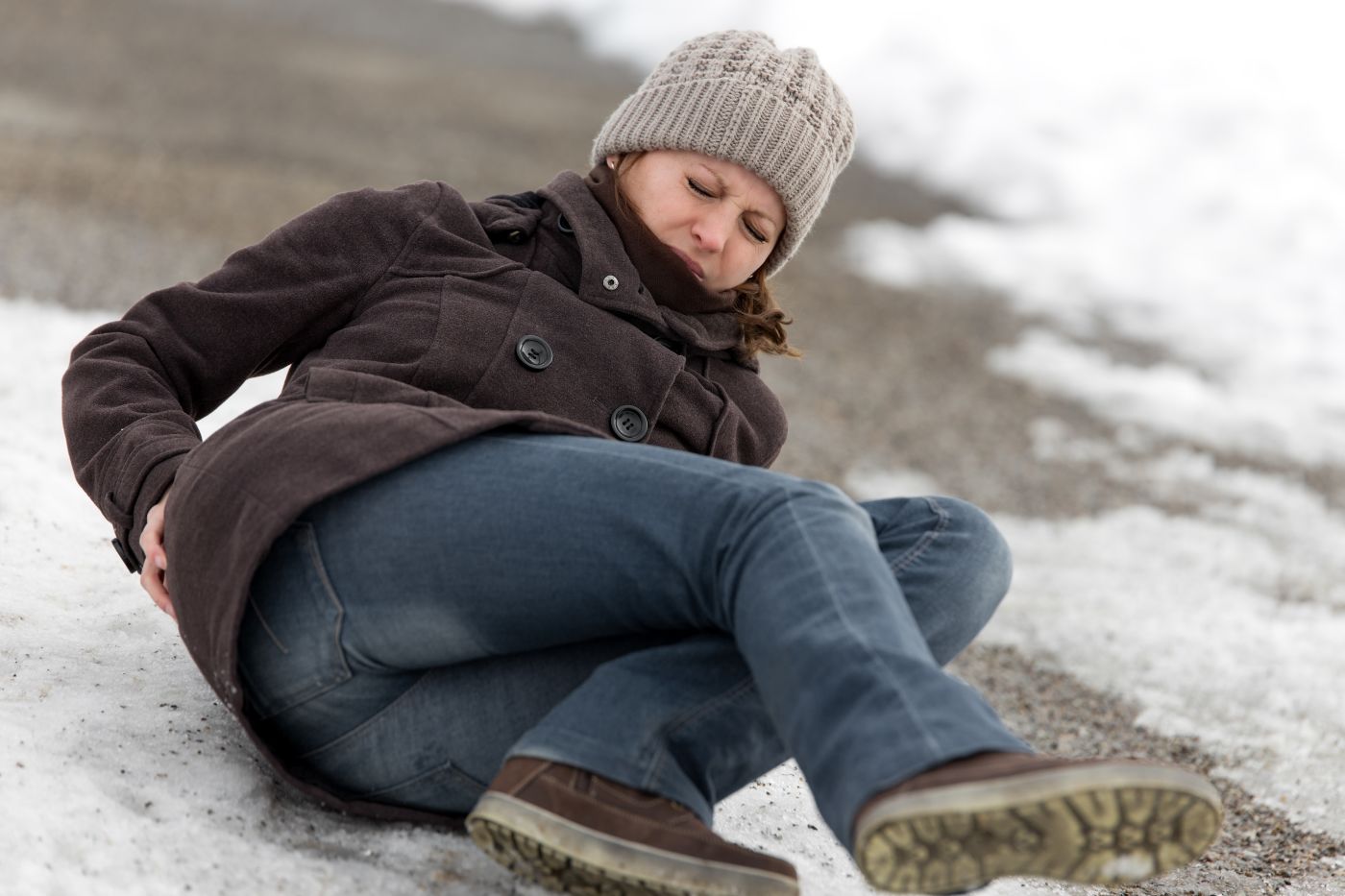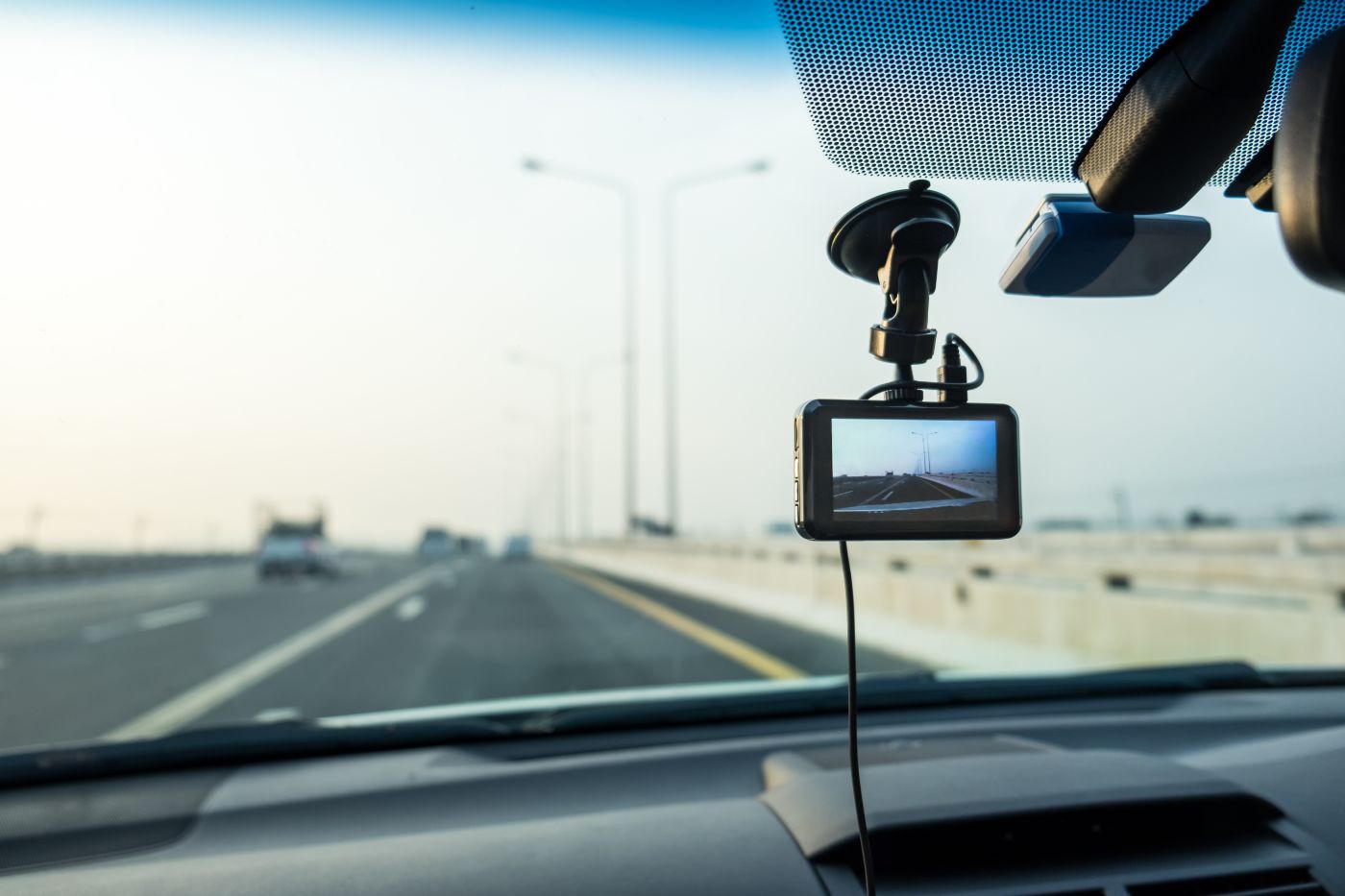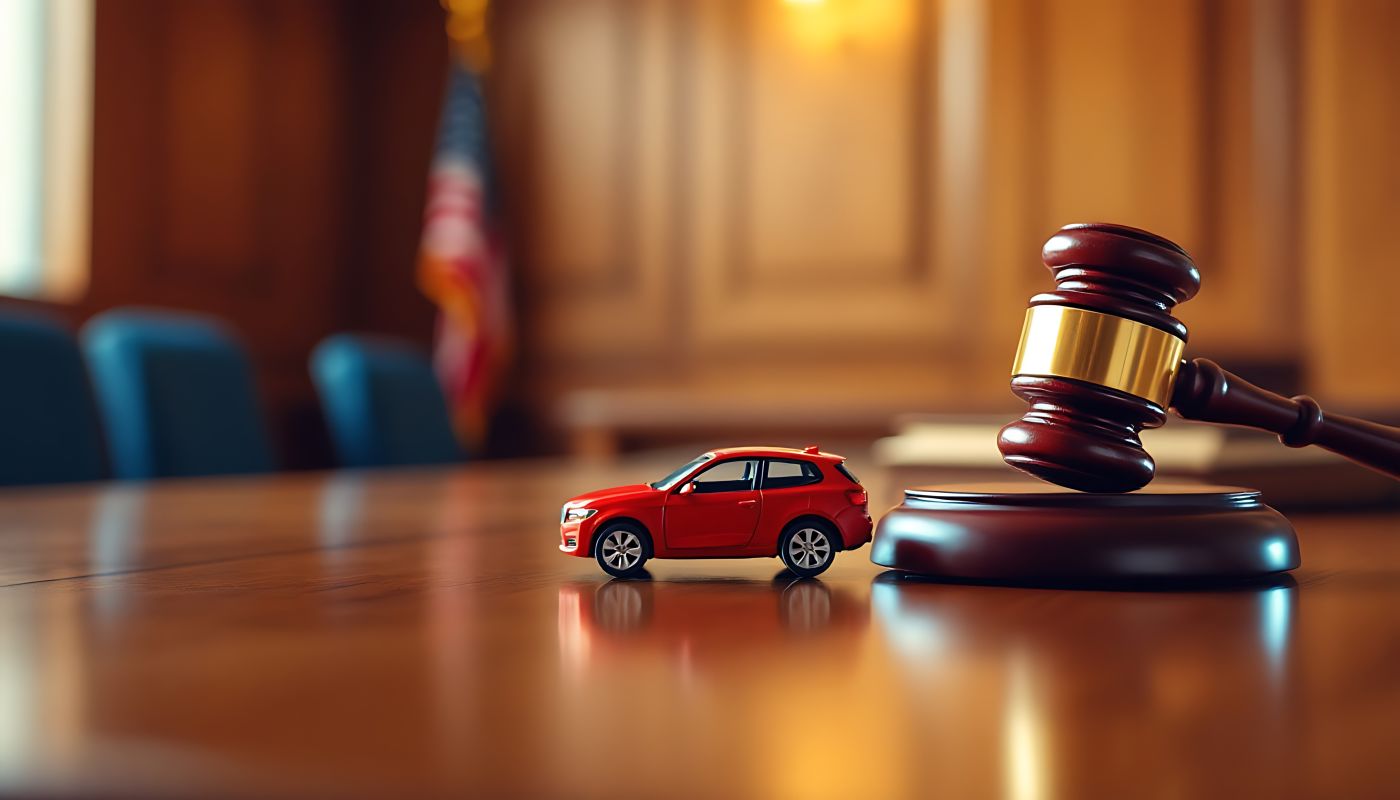
Slip and fall accidents can lead to serious injuries, leaving victims with medical bills, lost wages, and ongoing pain. When these accidents happen due to a property owner's negligence, victims have the right to seek compensation.
However, proving liability isn't always straightforward. Property owners and insurance companies often try to shift the blame, making it critical to build a strong case. Serving Kansas City, Missouri, The Tourigny Law Firm LLC is here to help.
Our personal injury lawyer helps clients gather the right evidence, establish negligence, and fight for compensation. If you or a loved one has been injured in a slip and fall accident in Missouri, here’s what you need to know about proving liability.
Establishing Duty of Care
To hold a property owner responsible, we must first establish that they owed the injured person a duty of care. In Missouri, property owners—including businesses, landlords, and homeowners—have a legal responsibility to keep their premises reasonably safe for visitors.
The level of responsibility depends on the visitor’s legal status. Invitees, such as customers and clients, are owed the highest duty of care. Property owners must regularly inspect their premises, address hazards, and warn about dangers. Because businesses invite customers onto their property for financial gain, they have a legal obligation to keep their premises safe.
Licensees, such as social guests, also have legal protections, though property owners may not be required to inspect for hazards as frequently as they would for invitees. A homeowner who invites a friend over for dinner must take reasonable steps to keep the property safe but isn’t necessarily required to check for every possible hazard before their guest arrives.
Trespassers are typically not owed a duty of care, except in specific circumstances. If a trespasser is injured on private property, the owner may not be held responsible unless the hazard was intentionally created to cause harm.
However, there is an important exception when it comes to children. Missouri law requires property owners to take precautions against hazards that could attract children, such as unsecured swimming pools or abandoned vehicles.
Once we establish that the property owner had a duty to keep the premises safe, the next step is proving they failed to uphold that duty.
Demonstrating Negligence
Proving liability in a slip and fall case means showing that the property owner acted negligently. One way to do this is by proving the owner knew about the hazardous condition but did nothing to fix it.
If employees at a grocery store notice a spill and ignore it for hours, the store may be responsible if someone slips and falls. Similarly, if a landlord receives multiple complaints about a broken handrail and refuses to make repairs, they could be found negligent if a tenant is injured.
If the owner didn’t have actual knowledge of the hazard, they could still be responsible if they should have known about it. Property owners are expected to conduct regular inspections and fix potential dangers before they cause harm. If a broken tile in a shopping mall walkway has been present for weeks and management never addresses it, they may be liable for injuries.
A third way to prove negligence is by showing that the owner directly caused the hazardous condition. If a business owner mops the floor but fails to put up a warning sign, they create a hazard that puts visitors at risk. Similarly, if a construction company leaves loose cables across a sidewalk, it may be responsible if someone trips and falls.
Proving the Hazard Existed
Once we establish that the property owner had a duty of care and failed to uphold it, we must prove that a hazardous condition existed at the time of the accident. Some common hazards in slip and fall cases include:
Wet or slippery floors
Uneven pavement or flooring
Loose rugs or torn carpeting
Poor lighting in stairwells or walkways
Cluttered aisles or walkways
Icy sidewalks or parking lots
Evidence is key when proving the existence of a dangerous condition. Photographs, video footage, and witness testimony can all help show that the hazard was present and posed a risk. A personal injury lawyer can help.
Establishing That the Hazard Caused the Fall
Even when a hazardous condition exists, we must prove it was the direct cause of the fall. Insurance companies often argue that the victim was distracted, wearing inappropriate footwear, or otherwise responsible for their own injuries.
One way to counter these arguments is by obtaining surveillance footage that shows exactly how the fall occurred. Many businesses have security cameras that record accidents, and this footage can be crucial in proving that the hazard directly caused the fall.
Medical records also play a key role in linking injuries to the accident. If a victim seeks medical attention immediately after falling, doctors can document their injuries and confirm that they are consistent with a slip and fall accident. Without medical documentation, insurance companies may argue that the injuries were caused by something else.
Witness testimony can further strengthen a case. If someone saw the accident happen and can confirm that the victim slipped on a hazardous condition, their statement may serve as critical evidence. Additionally, if other people noticed the hazard before the fall, it can help establish that the dangerous condition had been present long enough for the property owner to address it.
Accident reports also help prove liability. If a fall occurred in a business, reporting the accident to management and obtaining a written incident report can create a record of what happened. This documentation can serve as evidence that the fall was reported right away and that the hazardous condition was a known issue.
Proving the Owner Had Notice of the Hazard
One of the biggest challenges in slip and fall cases is proving that the property owner knew—or should have known—about the dangerous condition. Missouri law requires us to show that the owner had actual or constructive notice of the hazard.
Actual notice means the owner was directly informed about the hazard or personally witnessed it. For example, if an employee at a retail store sees a spill and tells their manager, but no action is taken, that’s actual notice. If the hazard remains unfixed and a customer falls, the store can be held responsible.
Constructive notice applies when the hazard existed for a long enough period that a reasonable property owner would have discovered and fixed it. If a customer slips on a puddle that has been present for several hours, the business can’t argue that they were unaware of the danger.
In cases like these, courts consider factors such as how long the hazard was present and whether the business followed regular inspection procedures.
To prove notice, we often rely on maintenance records, employee logs, and surveillance footage that show how long the hazard was present. Testimony from employees or other witnesses may also provide information about whether the owner was aware of the dangerous condition.
Addressing Comparative Fault in Missouri
Missouri follows a pure comparative fault rule, which means that if the injured person is found partially responsible for the accident, their compensation will be reduced by their percentage of fault. For example, if a court determines that a victim was 20% at fault for a slip and fall, their total compensation will be reduced by 20%.
Insurance companies often try to shift blame onto the victim by claiming they weren’t paying attention, wore inappropriate footwear, ignored warning signs, or entered an area they weren’t supposed to. These arguments are designed to reduce the property owner's liability and minimize the compensation owed to the victim.
As a personal injury lawyer, we push back against these tactics by presenting strong evidence that the property owner was primarily responsible for the unsafe conditions. By gathering surveillance footage, witness statements, and expert testimony, we work to demonstrate that the victim’s actions played little to no role in the accident.
Documenting Damages for Compensation
To recover fair compensation, your personal injury lawyer must prove the full extent of the victim’s injuries and losses. Slip and fall accidents can result in serious injuries, including broken bones, head injuries, spinal cord damage, soft tissue injuries, and permanent disabilities.
Medical bills, lost wages, and pain and suffering all factor into the total compensation a victim may receive. We work closely with medical professionals, financial experts, and other specialists to document the impact of the injury.
Get in Touch Today
Slip and fall cases require strong evidence, legal experience, and persistence. As an experienced personal injury lawyer in Missouri, we help clients gather crucial evidence, build a compelling case, and push back against unfair insurance tactics. If you’ve been injured in a slip and fall accident, don’t face the legal process alone. The Tourigny Law Firm LLC serves clients in Kansas City, Missouri. Reach out today.



